SEO ≠ SEM
Do you keep hearing the terms SEM & SEO and are not sure why they’re different? Here’s a simple breakdown of the two tactics.
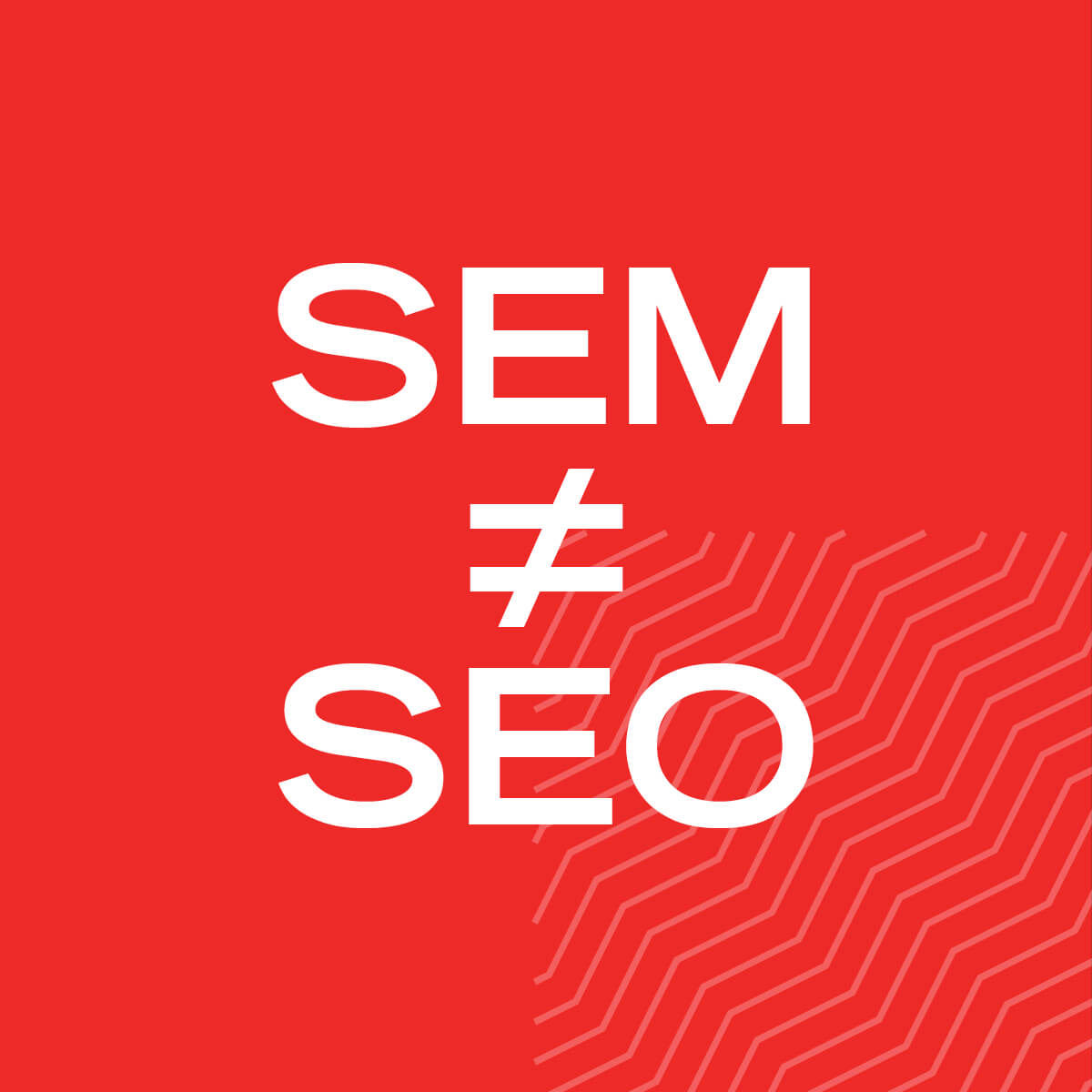
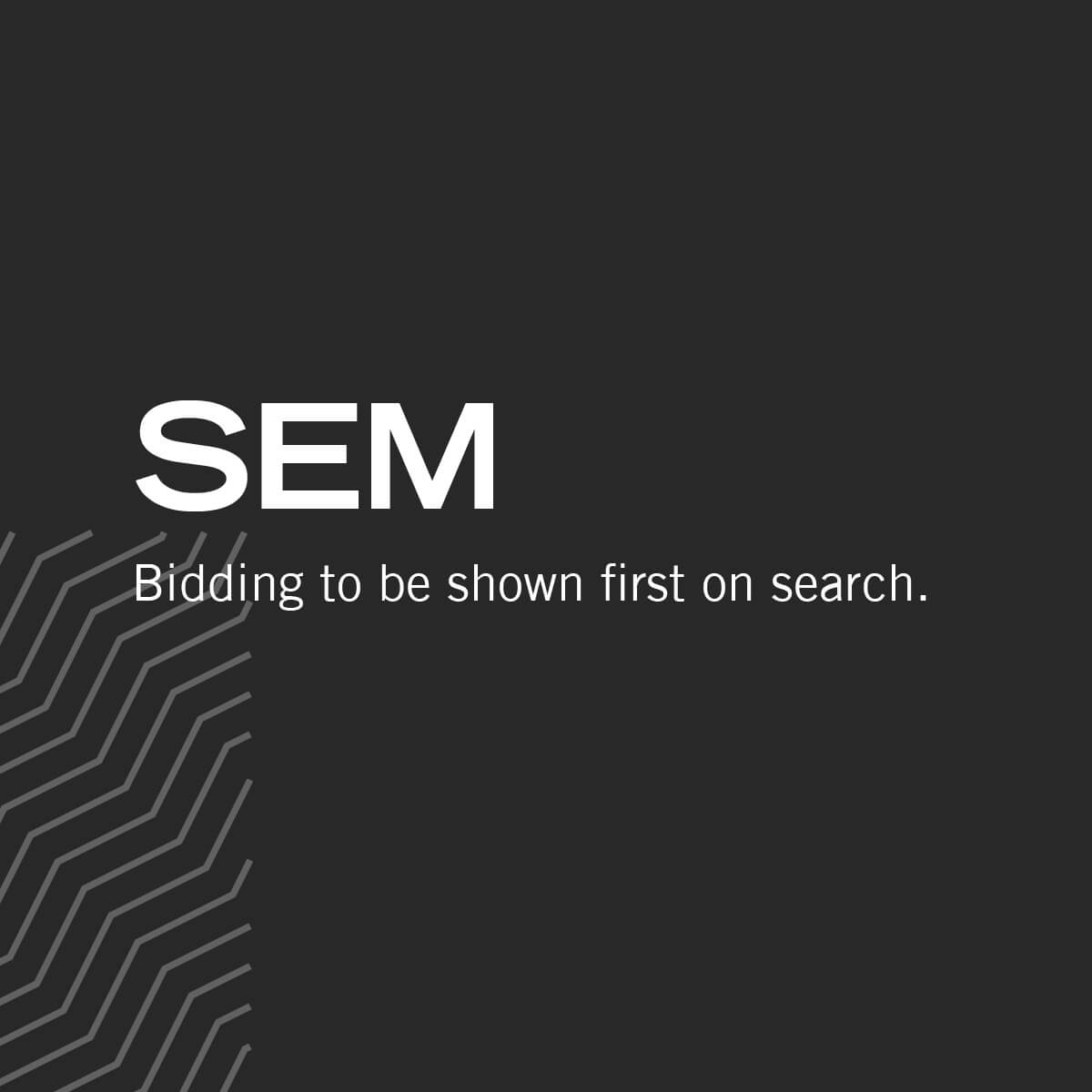
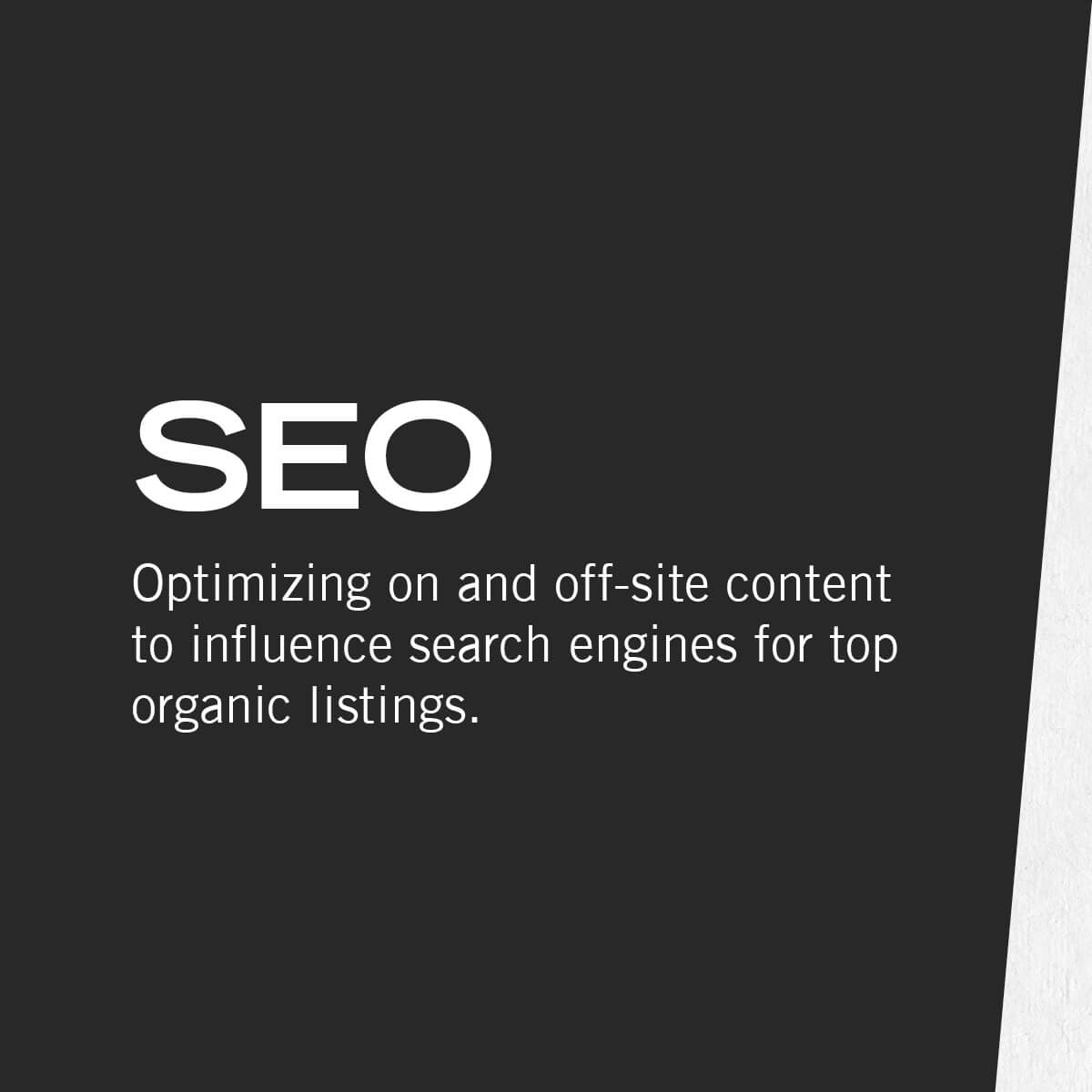
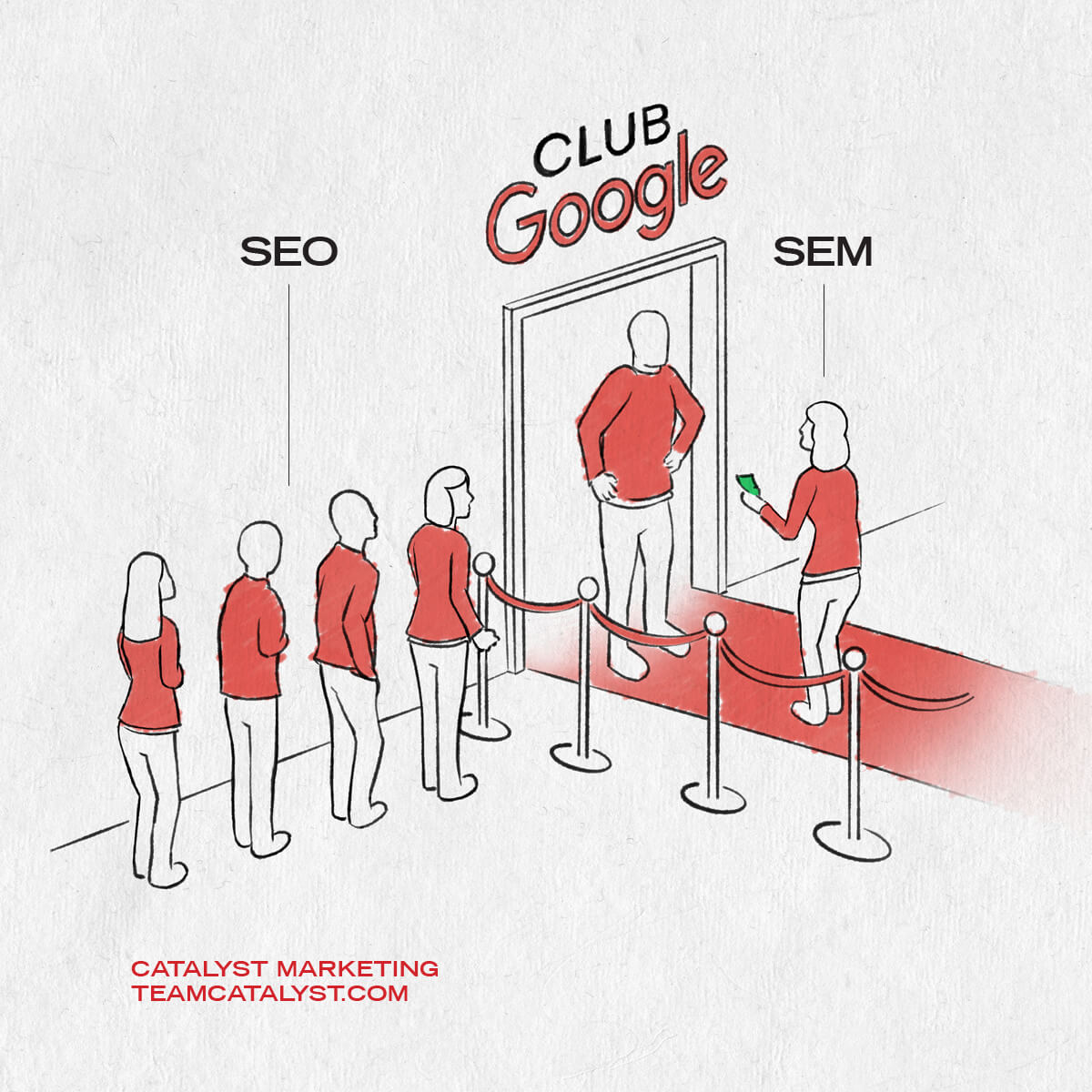
Today’s digital advertising world is one of the fastest-changing industries. It seems like a new digital tactic is emerging every day and it can be hard to keep in sync with the industry.
One of the most common confusions is SEO vs. SEM. While both of these tactics influence traffic to a website, they are quite different when it comes to implementation. These acronyms can cause a lot of wasted time when not framed correctly.
SEO or Search Engine Optimization is the practice of influencing search engines such as Google to rank your domain higher in organic search results. These influences come from many different sources that include on-site and off-site sources. On-site sources include things like titles & descriptions, metadata, text, and internal links. Off-site influences include items such as web directories, social media, articles, and press releases.
Now let’s switch to SEM or Search Engine Marketing. SEM is the practice of purchasing (or bidding) on keywords relevant to your business or products. For example, if you are a dentist trying to gain more patients you would probably want to bid on keywords like “dental exams” or “dentists near me.”
So how does SEO vs. SEM appear to a consumer? If you are searching for something on Google, the top 3-4 results are typically SEM (or paid advertising.) That means the businesses listed there are paying to be at the top of the results page. Anything after the top results is organic search results.
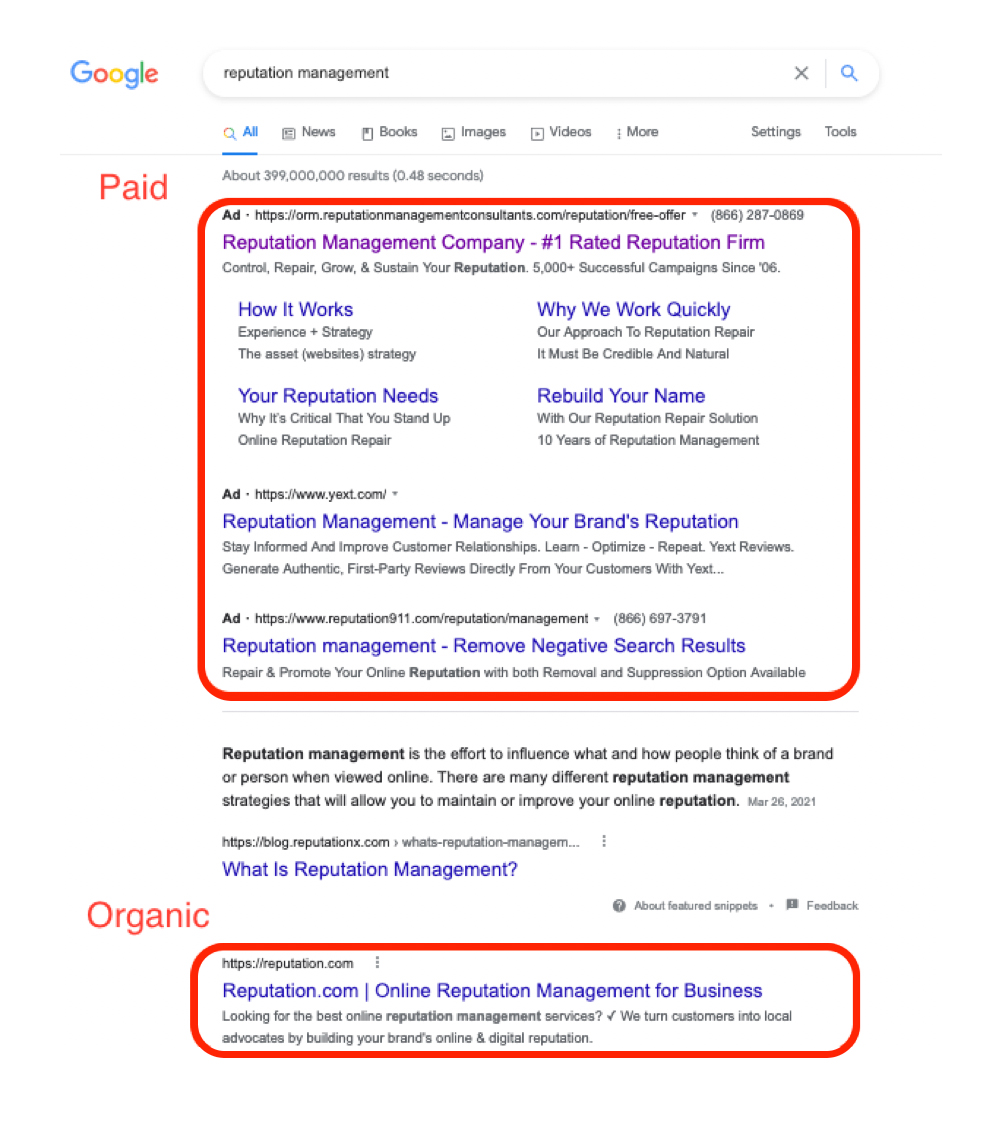
As an advertising agency, we like to come up with simple ways to explain things like SEO and SEM. Let’s say Google had a night club and there are two ways to get past the bouncer. If you were in the SEM line you would be flashing a $20 bill to grease the muscle at the door to let you in. If you’re an SEO Google club-goer, you are off to the side of the line trying to influence (AKA giving a wink to) the bouncer to let you in without paying anything.
Both of these tactics can be helpful to a business if done correctly and in concert with each other. Just make sure you use the correct one, “O” or “M” when doing your planning.

